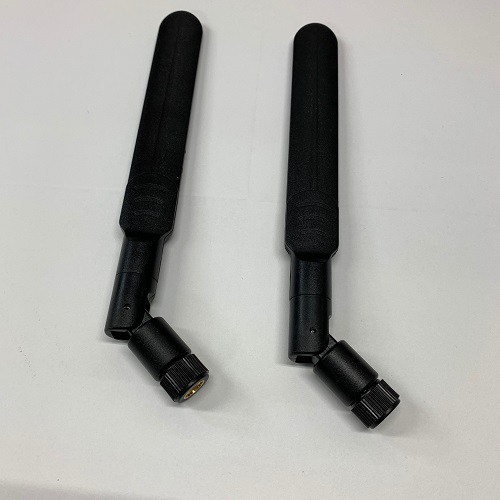
More likely, packets would get lost due to interference. If this happens because the destination is too far away, this is simply a poor design of the network. Why would an IoT device need to retransmit? It would need to retransmit if a sent packet doesn’t reach its destination. And they absolutely prefer to avoid unnecessary retransmissions as these accelerate the battery drainage. They typically rely on mesh architectures to ensure that transmissions need to reach a fairly nearby receiver-the next hop in the mesh. Thus, IoT networks prefer lower frequencies that propagate further. They also reduce the transmission power as the power consumption increases with the output power of the radio. To conserve power and prolong battery life, active sensors attempt to reduce the time in which they transmit, as their power amplifier is consuming more power than anything else in the system. After all, the labor costs associated with battery replacement of millions and billions of IoT devices installed on every imaginable product is prohibitive. With relatively little information to transfer, power consumption is their prime consideration. However, Internet of Things (IoT) devices don’t care about bandwidth.

Channels as wide as 160 MHz were introduced (and the industry is mulling the introduction of 320-MHz channels), whereas the entire 2.4-GHz band is only about 80 MHz wide.Īs the FCC and other regulators are looking to open the 6-GHz band for Wi-Fi usage, there’s no doubt that consumer appetite for higher bandwidth and faster speed will be served at the higher frequencies. The 5-GHz band enabled much faster speeds thanks to the increased amount of bandwidth available at the higher frequency. Way back when the 5-GHz band was opened for unlicensed Wi-Fi usage, many predicted the death of 2.4 GHz.


 0 kommentar(er)
0 kommentar(er)
